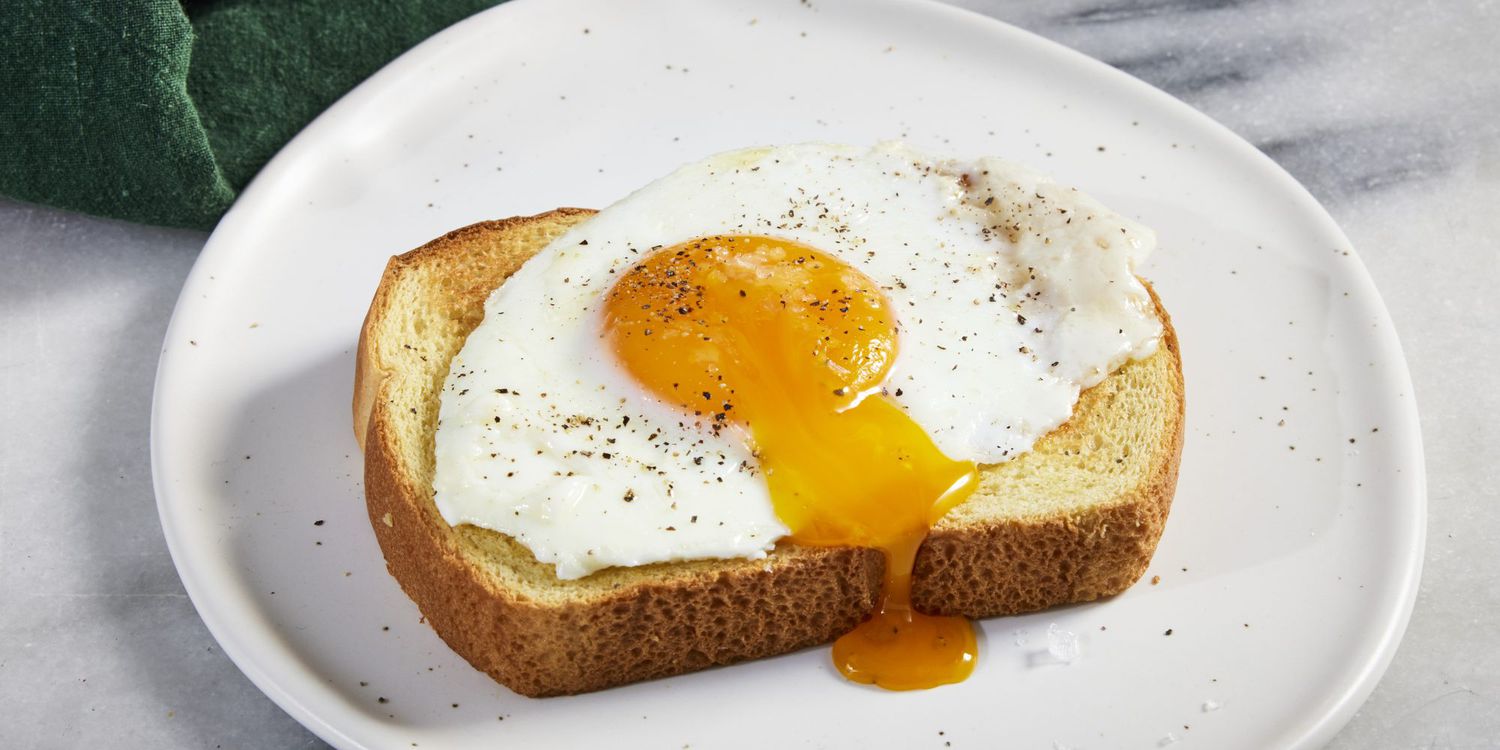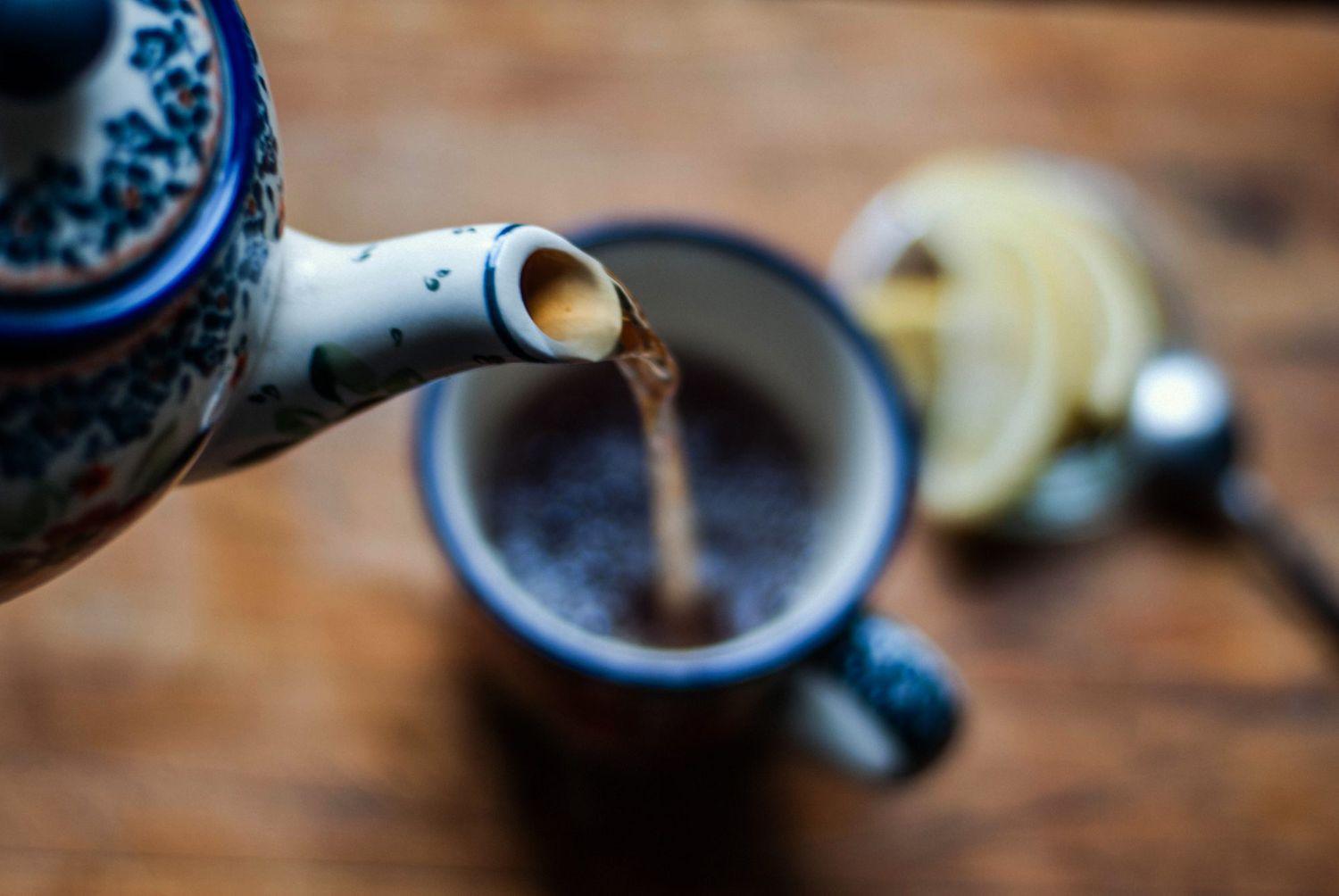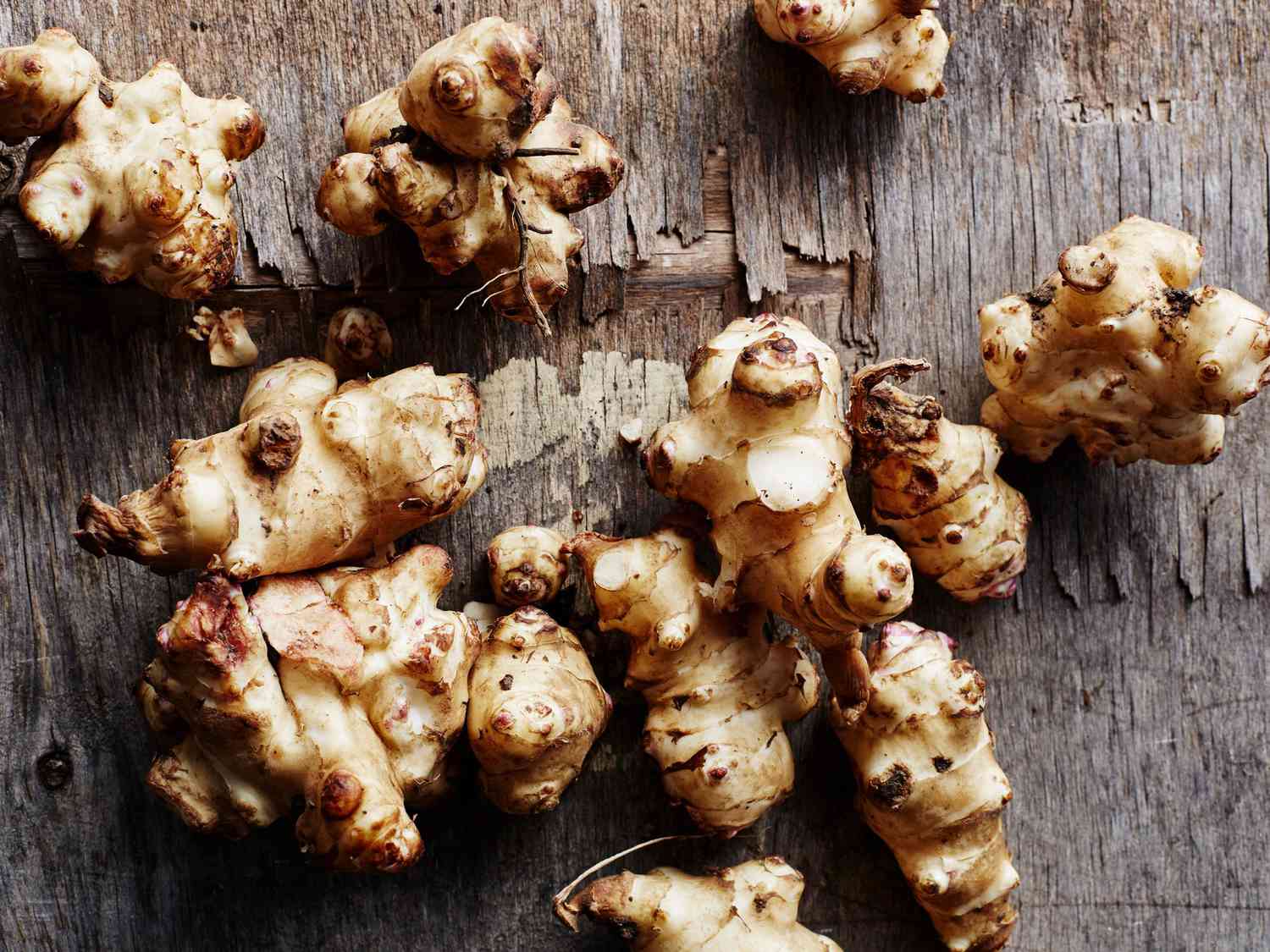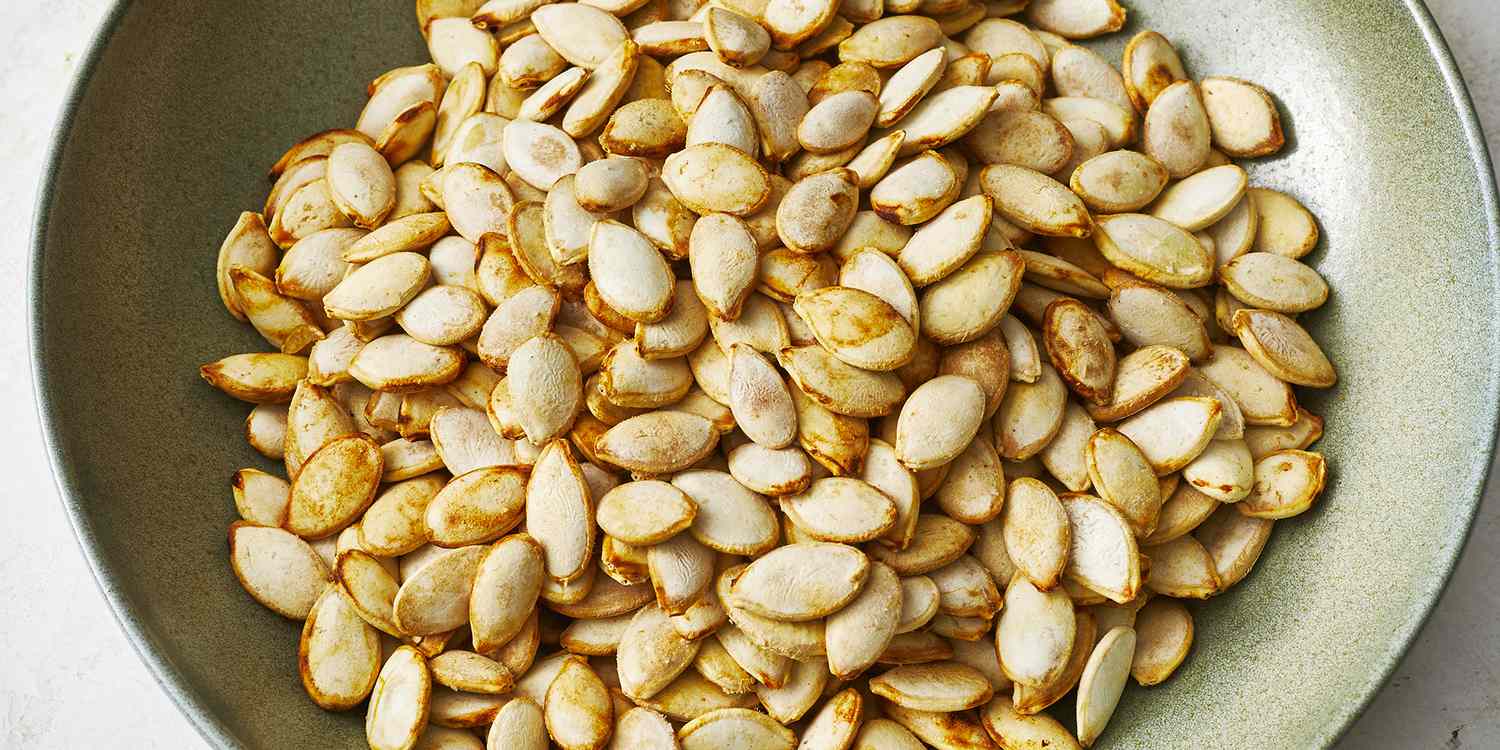You may be familiar with the old saying that one of the hardest things to cook is an egg.
Eggs can be fickle. And while the egg is an extremely versatile ingredient that takes mere minutes to prepare in the morning, folks tend to be as particular about how they take their breakfast eggs as they are about their coffee.
Runny or set? To dip your toast in or to eat on bread? What are our egg-tentions, if you will?
Both sunny side up and over easy eggs are fried in a skillet on the stove and should retain a runny yolk, but understanding a few key differences in these two styles will help you along the way to your hearty, protein-rich breakfast.
What Are Sunny Side Up Eggs?
It will come as a surprise to no one that a sunny side up egg looks like, well, the sun. Whether or not it’s actually named for that reason, a perfectly cooked egg in this style will have its glistening yellow eye staring happily and perkily up at you — a barely noticeable film or sheen across its still-liquid form and fanned out, barely set whites.
I draw attention to the “fanned out” nature of the whites, because spreading the white parts out a bit with a spatula helps them to set in the pan a bit faster, allowing that yolk to remain runny. If you find you’re in danger of overcooking the yolk in your attempt to ensure the whites are done, add a bit of butter to the pan and baste them gently with the melted butter using a spoon. Or, add a bit of water to the pan and cover it briefly to allow the egg a quick steam. After all, no one likes slimy egg whites.
What Are Over Easy Eggs?
The term “over easy” describes itself. This is an egg that has been flipped over, but the length of time it spends upside down on its sunny center is incredibly brief, allowing for a still-runny golden center — the “easy” part referencing the doneness of the yolk. If you’ve heard the terms “over medium” or “over hard,” those eggs also endure this acrobatic process, but spend more time on their second side, yielding a partially runny yolk and fully set yolk respectively.
To achieve this, simply use a spatula to flip the frying egg once the whites are mostly cooked on your sunny side up egg. I like to melt a little reserved bacon fat in the pan and use a slightly higher heat to achieve some crispy edges. Beyond that, the best technique is to use a thin spatula for this move and flip carefully, so the delicate yolk doesn’t break. Once over, allow only a quick stint in this position — maybe up to 30 seconds, to ensure cooked whites and a thin, cooked layer over the yolk, but an undeniably still-runny center. It’ll take some practice to retain the runny when cooking blind, but once you nail it, your breakfast sandwiches and toasts will receive a much-loved upgrade.




